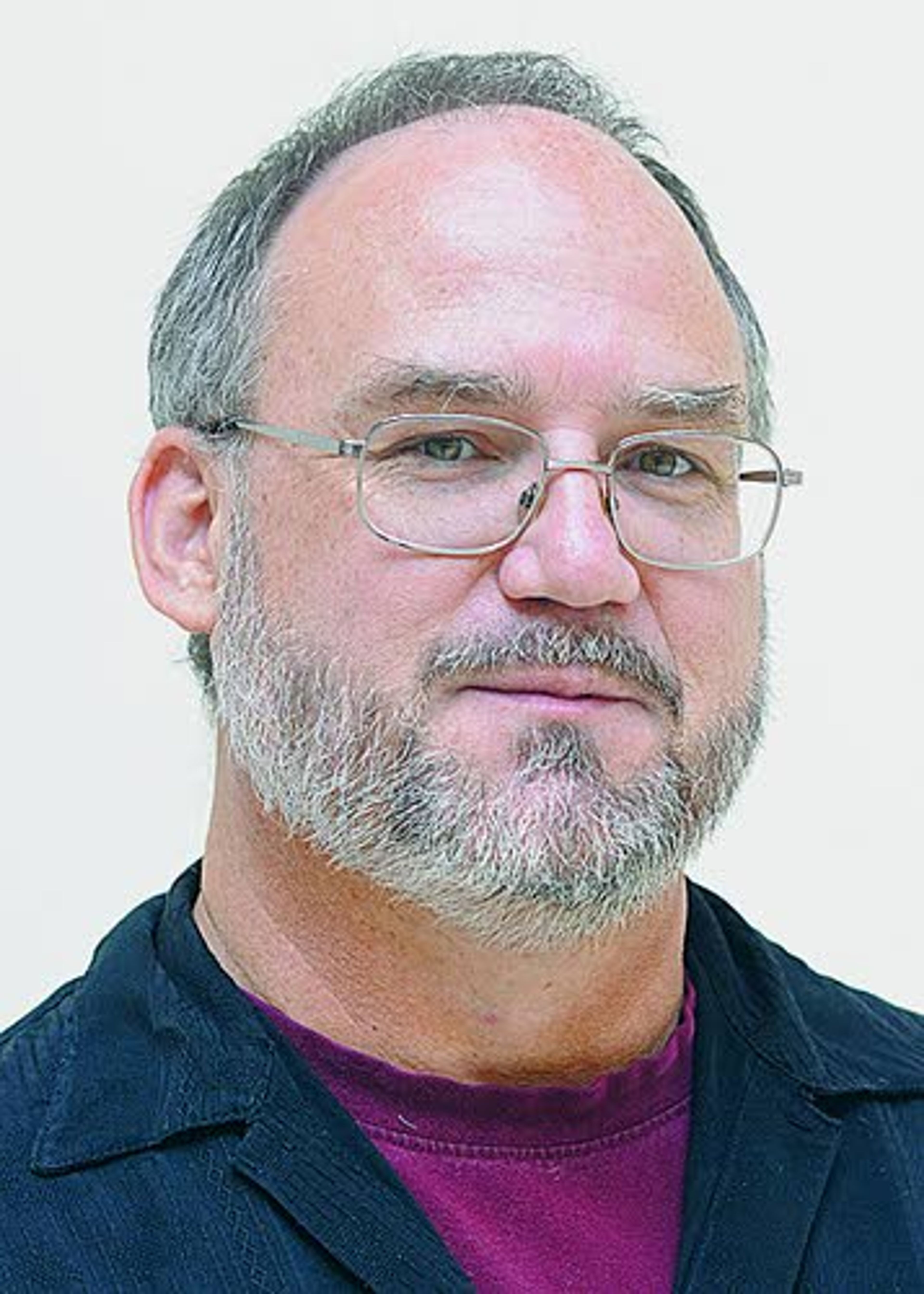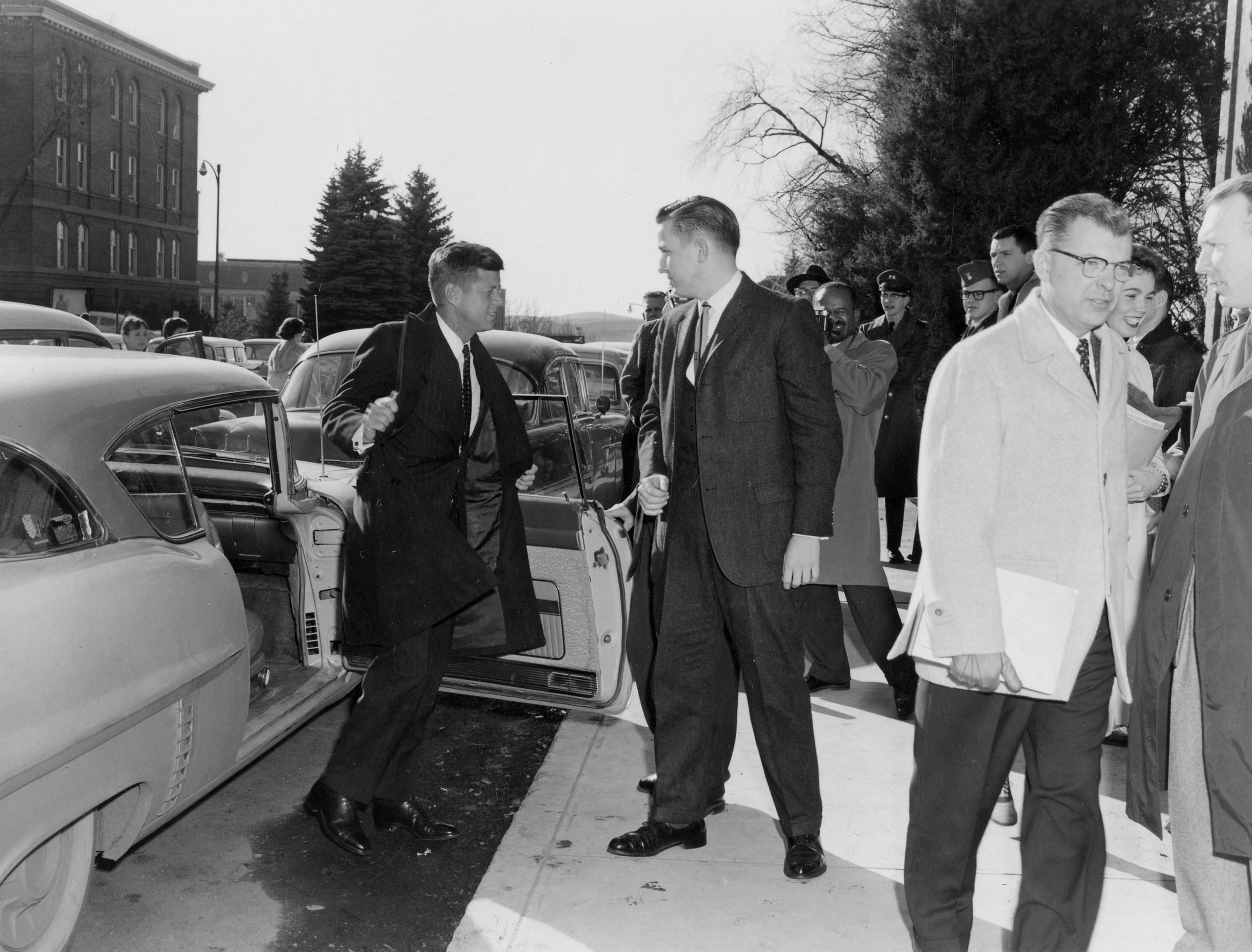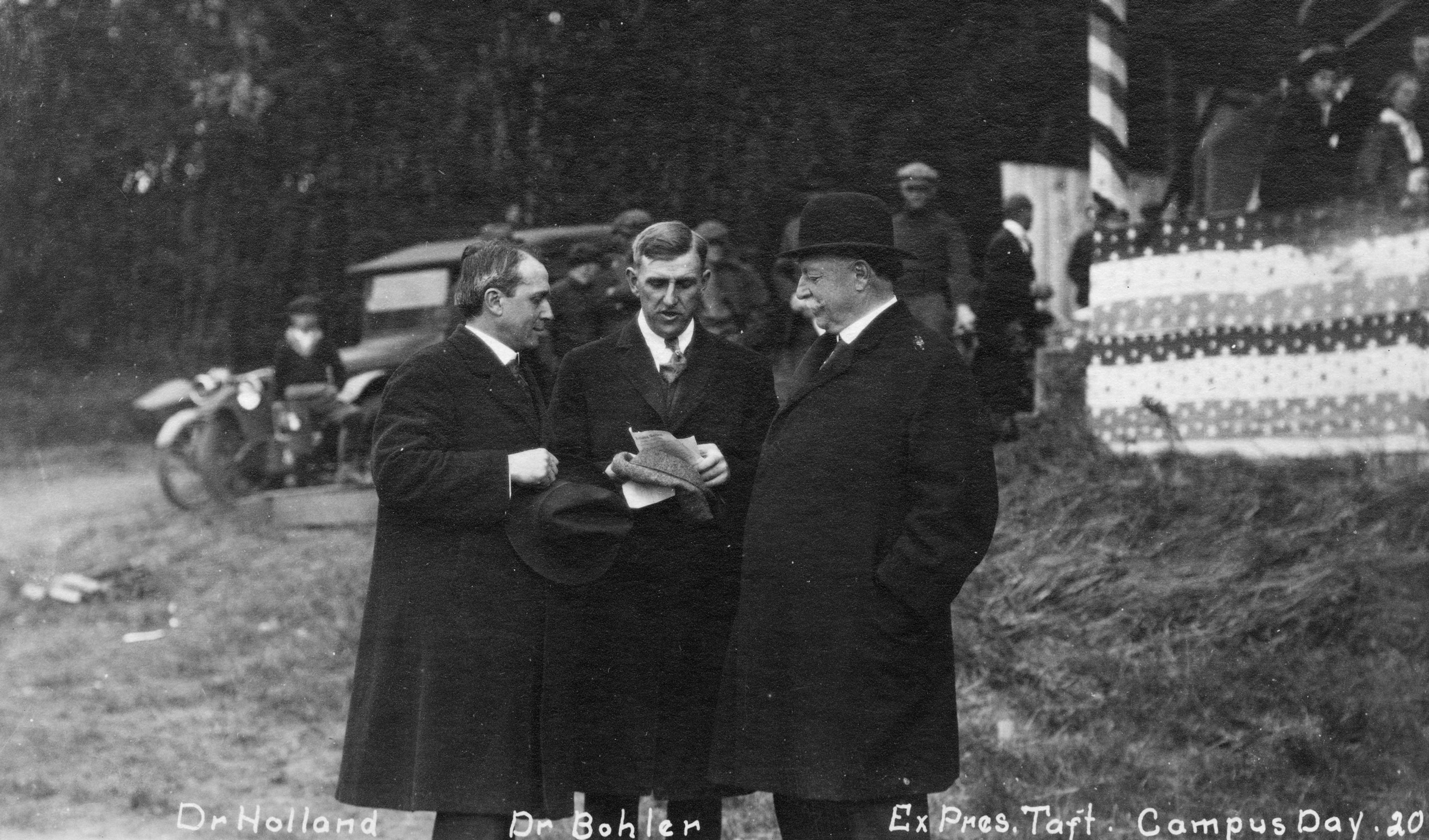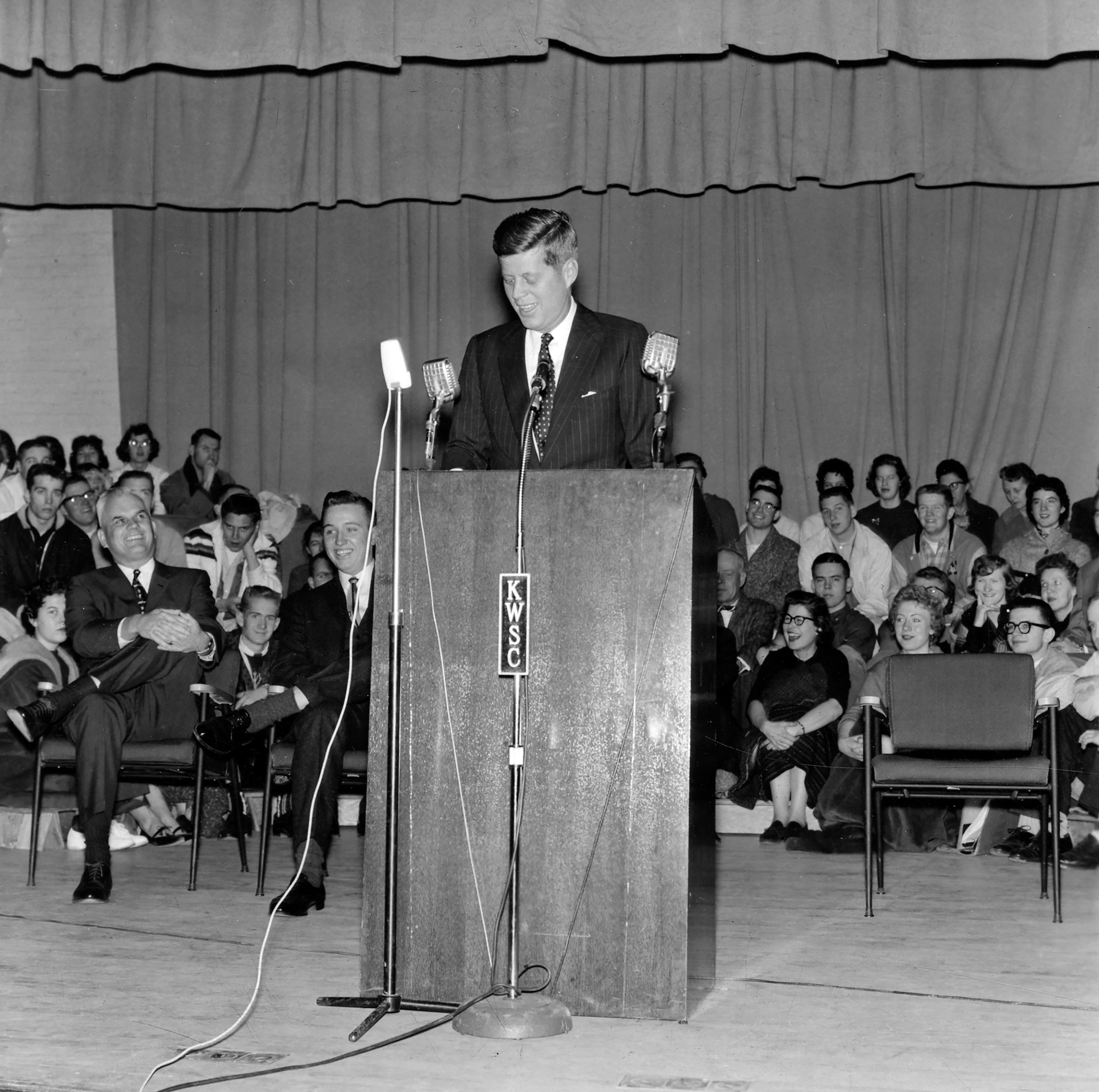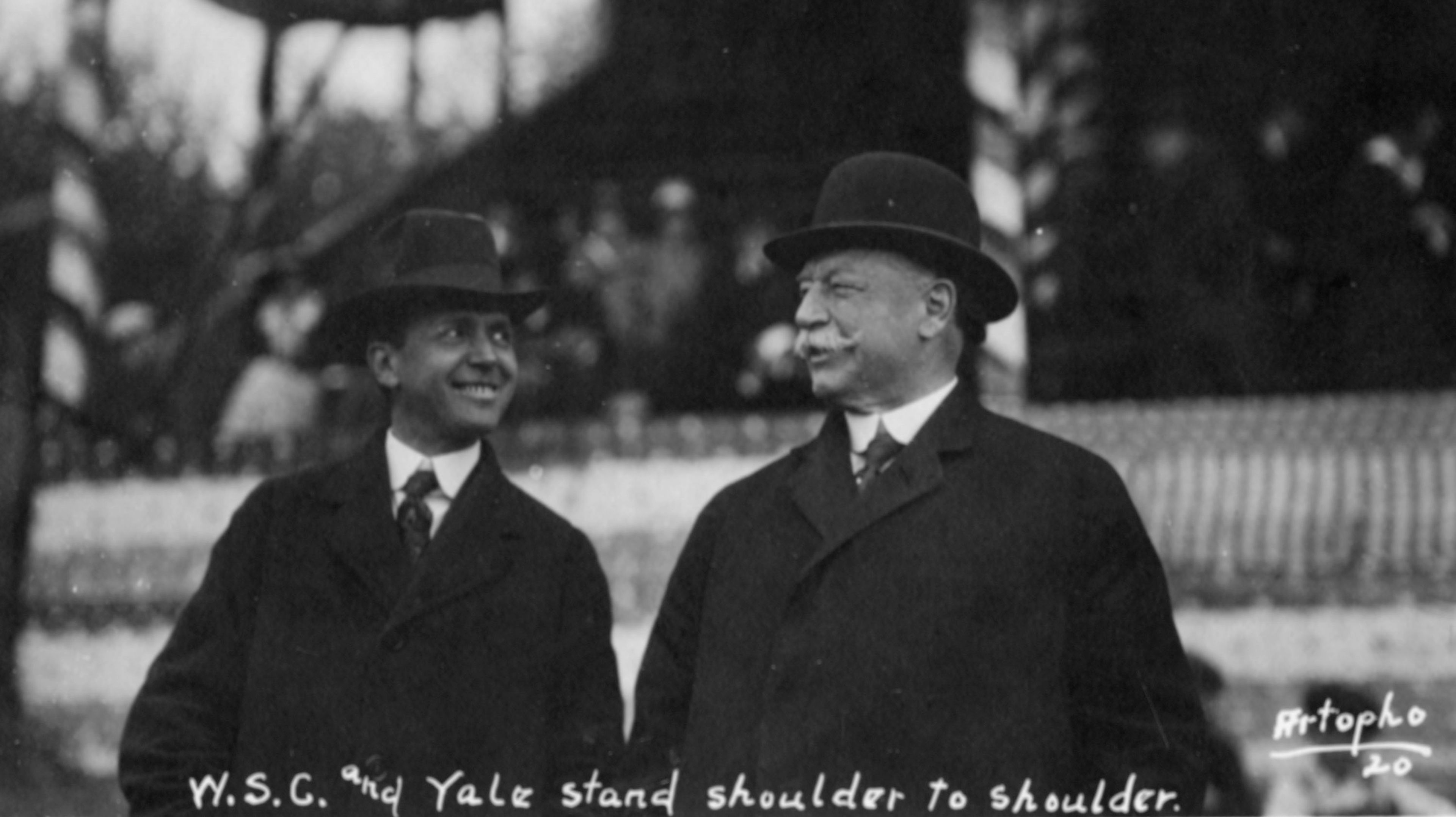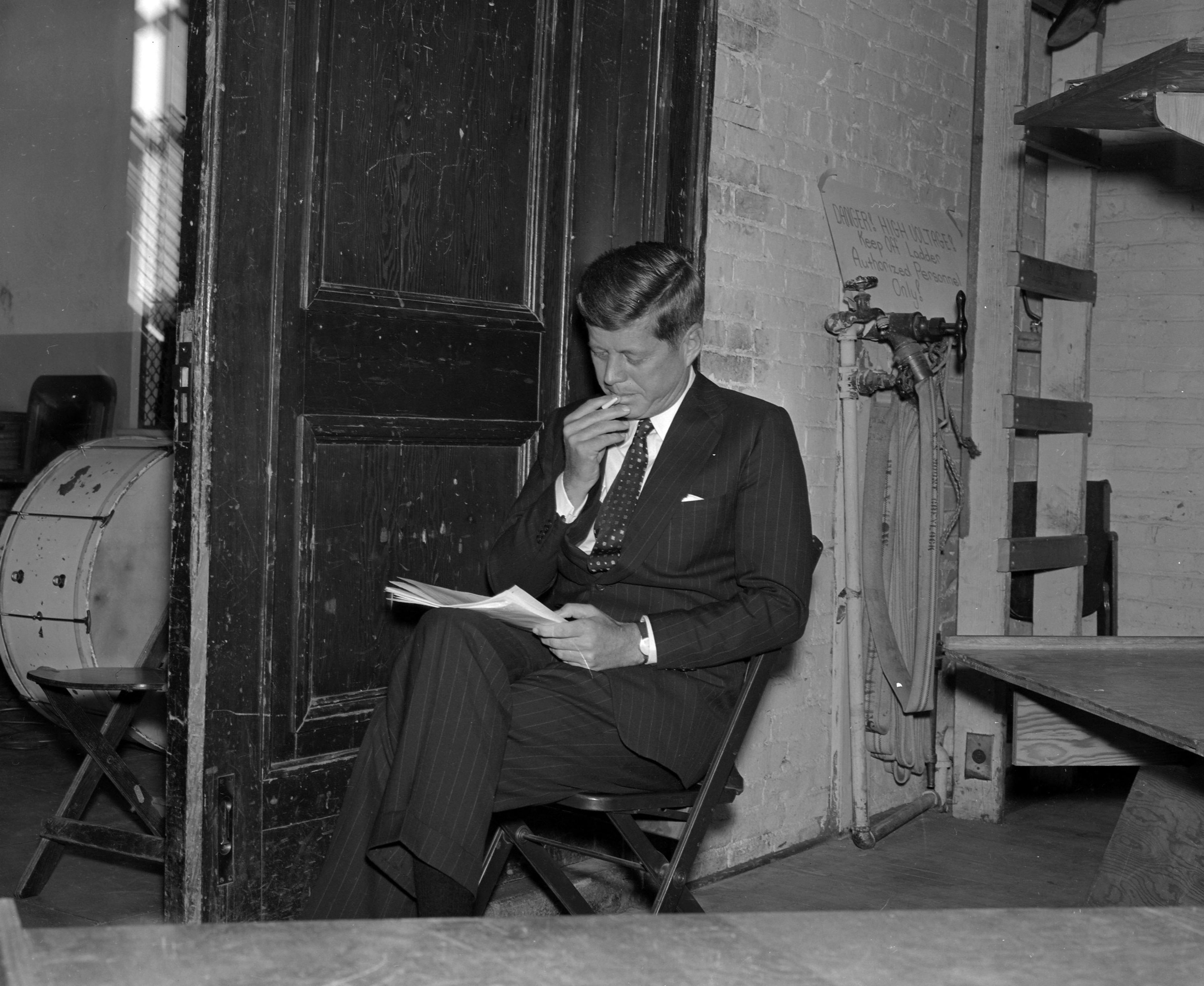Presidential visits to Whitman County
William Jennings Bryan spoke in Colfax, Garfield, Farmington and Tekoa.
Though Whitman County is usually far from the national campaigns for the U.S. presidency, we’ve not always been isolated.
On March 30, 1900, William Jennings Bryan, the presumptive Democratic candidate for the office, crossed Whitman County by train, speaking in Colfax, Garfield, Farmington and Tekoa. Hundreds of people traveled from Pullman to hear him, as special trains were arranged to transport them to Colfax, but Bryan would lose his election (the second of three such losses, this one to William McKinley) and never become president.
With Washington State University arguably as the heart of the county, most visits from national politicians have centered there. It appears there were just four visits by past, present or future presidents, though others may well have crossed through the county or visited Moscow (Teddy Roosevelt’s April 1911 visit perhaps being the largest local event) or other regional cities.
Pullman’s first presidential visit, and the only one by a sitting president, came on Oct. 7, 1911, when William Taft came through Pullman by train as part of a two-month 13,000-mile cross-country tour. Stopping only for 10 minutes late on a Saturday evening, he delivered a talk from the back of his train car at the Northern Pacific Depot, the location of today’s Pullman Depot Heritage Center, under what the papers describe as “hundreds of incandescent lights.” While he apparently never even left his train to set foot on Pullman soil, this was the first and remains the only visit by a sitting U.S. president to Pullman.
Taft would redeem himself for the brevity of that stop on May 21, 1920, seven years after leaving office and a year before he would be appointed to the Supreme Court. On a return visit, he spent much of his day on the college campus, presenting a student award on Rogers Field in the afternoon, and then speaking that evening in Bryan Hall on the perils of Bolshevism. Notable was the awards trophy being forgotten and a substitute quickly grabbed from the agriculture department, leaving Taft visibly puzzled as he presented freshman Catherine Mathews with a trophy naming her as a prize bull.
It would be almost 40 years before another president would set foot in Pullman, this time one not yet elected. On Feb. 11, 1960, the young John F. Kennedy, then a leading candidate to become his party’s nominee, flew into Pullman before being driven to Bryan Hall to address a standing-room-only crowd. His well-received talk dealt with the importance of education and of practical service to others, both to fellow citizens and other countries.
The fourth and final president, again not yet in office, followed just eight years later on Saturday May 11, 1968. Gerald Ford, minority leader of the House, spoke in the Kimbrough Hall auditorium before what the Daily Evergreen described as “a sparse crowd.” He talked on U.S. spending and on Vietnam, noting at one point that everyone, not just the hippies, would rather “make love, not war.” Ford was five years from the vice-presidency and six from the presidency, and the event was minor enough that apparently no photos of his visit exist today.
It might be worth briefly noting two visits by sitting vice presidents, as on Jan. 12, 1978, Jimmy Carter’s vice president, Walter Mondale, spent a day at WSU, culminating in a public address in Beasley Coliseum. On Oct. 12, 1932, sitting Vice President Charles Curtis drove across Whitman County while campaigning for his boss, President Herbert Hoover. Curtis pulled up in the afternoon and spoke in the rain in front of the Audian Theater, addressing a crowd of mostly schoolchildren and local downtown businessmen and workers before hopping back in the car and continuing south.
Beyond those two visits (setting aside the obvious note that Ford was also briefly a vice president), we appear to have had no other vice presidents, past, present or future, in Pullman. As it has been five decades since the last executive office visit — we certainly seem due.
O’English is the University Archivist at WSU Libraries’ MASC.
